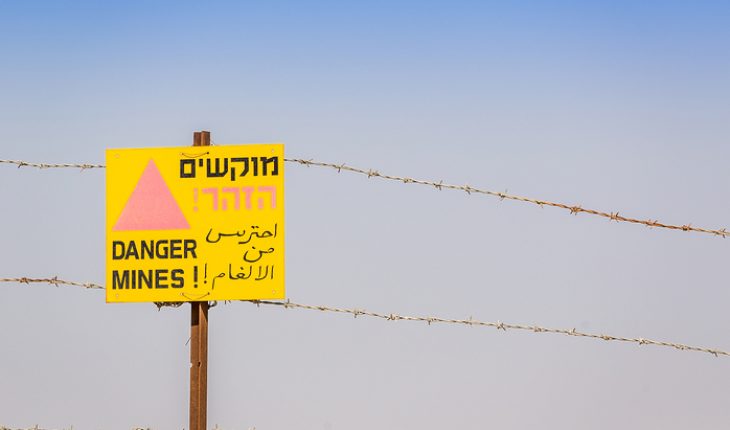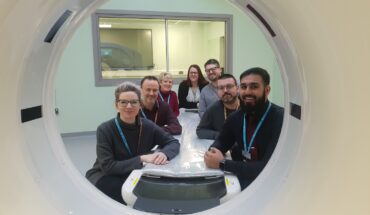Landmines are a deadly legacy of many past and present conflicts and still kill around 15-20,000 people around the world every year and maim many more. Most casualties suffer traumatic lower limb injuries caused by the blast although facial injuries and hand amputations are also common.
Last month, we held the first successful meeting of trauma surgeons from different regions including Cambodia, Sri Lanka and Algeria, to help to transfer skills about best practice in dealing with these injuries. We got a great deal of support from the International Committee of the Red Cross and surgeons were also nominated by people working in the field to attend the training course that we held.
One of the key things we wanted to pass on was the importance of rethinking best practice for lower limb surgical amputations. In the past, guidelines have recommended that necessary amputations are carried out above the knee joint, with some portion of the lower thigh bone removed also to remove the bulbous lumps of the distal femur. This is because this makes a ‘neater’ stump, with plenty of skin left to cover the wound. It is also easy to measure and fit prostheses to a rounded stump.
However, from experience gained during the Iraq and Afghan conflicts with military personnel, it has now become clear that patients regain better mobility with less pain if they do not have an above knee amputation, instead having a through-knee surgery which maintains the distal femur. This is because the key component is the ability to load bear through the healed STUMP and it is often painful taking weight on soft tissue abutting the end of a thigh bone where it has been cut. Even when weight is distributed through the pelvis by the prosthesis socket, this can result in painful pressure sores and bruising. Over time, due to the modified loading on the thigh, bone wastage can occur, increasing the likelihood of fractures, which means more surgery and recovery time for the patient. Another downside to above knee amputation is that it means that some of the connections of the adductor muscles, which run all the way from the pelvis down the inside of the thigh bone, need to be cut. The adductor muscles prevent your legs from swinging outwards, so cutting these connections hinder future walking on a prosthetic limb.
Instead, it is better to amputate through the knee joint itself, maintaining the distal femur. Although the end result may look less neat and tidy, but this stump is better at load bearing and new technology means that prostheses can now be made which compensate for the fact that the artificial knee joint is lower on one side than the natural joint on the other.
This type of amputation is not more technically challenging but it does require specialist training, which is what we sought to provide. It was also clear to us from feedback that most trauma surgeons in affected countries still stick to the prescribed guidelines, and are not yet familiar with the benefits of through-knee amputation. Hopefully, the trauma surgeons who attended from around the world will pass on the message and help to provide training in turn to their colleagues.
We now hope to send out engineers to countries including Cambodia that have many landmine casualties to show them how to design, build and maintain artificial prostheses which can be worn comfortably by people who lose a limb due to this type of blast injury.
- Better surgery for landmine victims - 31st August 2016







